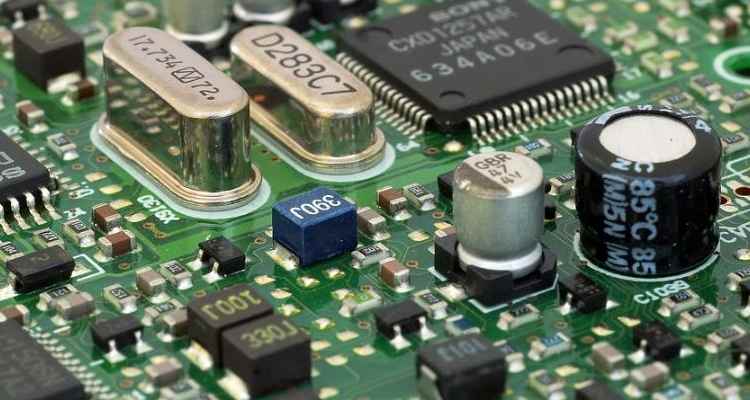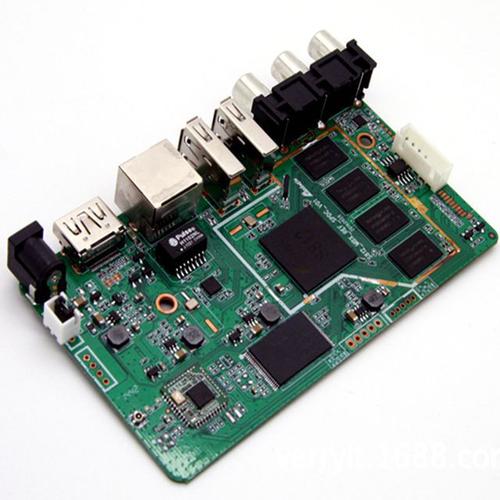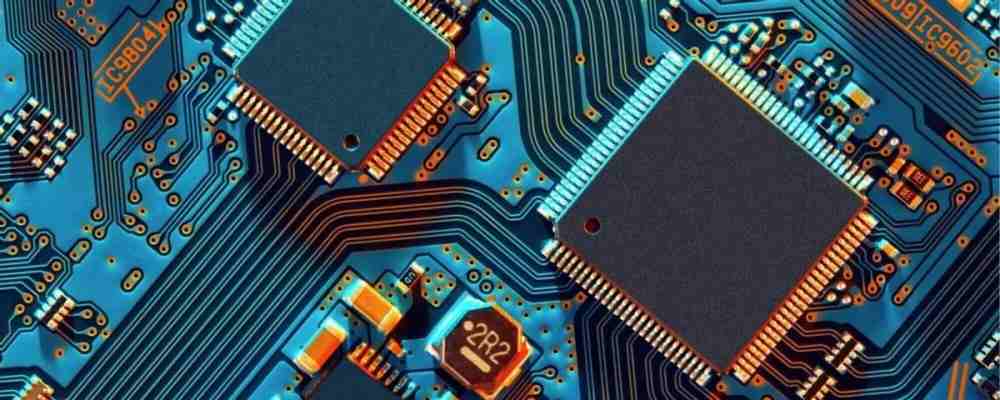
There are many aspects of PCB design that need to take into account the safe spacing. Here, it is temporarily classified into two categories: one is electrical related safety spacing, one is non-electrical related safety spacing.
1. Electrical safety spacing.
Spacing between wires:
According to the processing capacity of the mainstream PCB manufacturer, the spacing between wires shall not be less than the minimum 4mil. Minimum line distance, also line to line, line to pad distance. From the perspective of production, the bigger the better if conditions exist. Generally, 10mil is more common.
Pad aperture and pad width:
According to the processing capacity of the mainstream PCB manufacturer, the diameter of the pad shall not be less than 0.2mm if it is drilled mechanically and 4mil if it is drilled with laser. The aperture tolerance varies slightly depending on the plate. Generally, it can be controlled within 0.05mm. The minimum width of the pad shall not be less than 0.2mm.
Spacing between pad and pad:
According to the processing capacity of mainstream PCB manufacturers, the spacing between pad and pad shall not be less than 0.2mm.
Spacing between copper and plate edge:
The distance between live copper skin and PCB board edge should be no less than 0.3mm.
If it is a large area of copper, there is usually a retraction distance with the edge of the plate, which is generally set to 20mil. In the PCB design and manufacturing industry, in general, for mechanical consideration of the finished circuit board, or to avoid curling or electrical short circuit that may be caused by the copper skin exposed on the edge of the board, engineers often shrink a large area of copper block relative to the edge of the board by 20mil, rather than laying the copper skin to the edge of the board. There are many ways to treat this copper retraction. For example, draw the keepout layer on the edge of the board, and then set the distance between the copper and the keepout. An easy way to do this is to set different safety distances for copper objects, such as 10mil for the entire board and 20mil for copper. The edge of the plate can be shrunk by 20mil. It also removes dead copper that may be present in the device.
2. Non-electrical safety spacing.
Character width height and spacing:
No changes can be made to the text film when it is processed, except that the line width of the characters with D-CODE less than 0.22mm(8.66mil) will be enlarged to 0.22mm. That is, the character line width is L0.22mm(8.66mil). The width of the entire character is W1.0mm. The height of the entire character is H1.2mm. The spacing between characters is D0.2mm. When the text is less than the above standard, the processing and printing will be blurred.
Spacing from hole to hole (hole edge to hole edge) :
Through hole (VIA) to through hole spacing (hole edge to hole edge) should be greater than 8mil.
Distance from screen printing to pad:
Screen printing is not allowed on the pad. Because if the screen printing is covered with the pad, the screen printing will not be able to be tinned when tinning, thus affecting the installation of components. Generally, the board factory requires the spacing of 8mil to be reserved. If the PCB board is limited in area, the spacing of 4mil is barely acceptable. If the screen print is accidentally over the pad during the design, the plate factory will automatically eliminate the screen part left on the pad during manufacturing to ensure the tin on the pad.
Of course, in the design of the case by case analysis. Sometimes the screen printing is deliberately close to the pad, because when the two pads are very close, the screen printing in the middle can effectively prevent the short circuit of the solder connection during welding. This case is a different matter.

3D height and horizontal spacing on mechanical structures:
When installing PCB components, it is necessary to consider whether there will be conflicts with other mechanical structures in horizontal direction and spatial height. Therefore, in the design, it is necessary to give full consideration to the compatibility of the spatial structure between the components, as well as between the PCB finished product and the product shell, and reserve the safe spacing for each target object. The spacing is taken into account to ensure that they do not clash in space.
How to solve the problem of insufficient spacing?
Spacing is measured in the air (line of sight), so at the layout level it can be arranged properly to reduce the required spacing. A significant reduction in spacing can be achieved through the use of insulating materials and, where possible, by bilateral assembly. The insulation can be a sheet barrier between high voltage nodes. Since the tall parts are surface mounted, the circuits that require spacing can be placed on opposite sides of the board. Nodes in the same high-voltage circuit at the same potential usually need attention to the spacing from the low-voltage circuit. A good way to do this is to place high voltage circuits at the top of the board and low voltage circuits at the bottom for control and monitoring. Low-voltage circuits usually do not have the boundary surface (shell) creepage requirements required for high-voltage circuits.
How to solve the problem of insufficient creepage distance?
We know that the creepage distance is the interval between electrical nodes on an insulating surface. In our discussion, this means the space between the conductors on the printed circuit board surface or inner layer. However, further expansion of components will be constrained by product package volume, so some other strategy is required to meet the required creepage distance while allowing for higher package density.
Standard for calculating wire spacing at various voltage levels
Proper distance between PCB lines is essential to avoid short circuits between electrical conductors. Unfortunately, there is no single solution to this problem. Various industrial and safety standards exist that specify different spacing requirements depending on voltage, application, and other factors. Here I offer a few considerations to help you determine the proper distance between PCB wires.
When a product must be certified by a safety authority, each safety inspection authority has a set of standards to meet specific insulation requirements. In this case, it is convenient to find the desired spacing. For example, in the United States, for most mains or battery-powered information technology equipment, the minimum allowable PCB spacing should be determined in accordance with the standard UL IEC60950-1 Version 2 Table 2K, 2L, 2M or 2N. These tables specify the so-called safe spacing and "creepage distance" for various insulation levels.
The level required depends on the location of the circuit. When considering the spacing and creepage requirements of a given design, consider the combination of contamination level and insulation type. Pollution levels usually refer to the amount of dust, moisture and other particulate matter in the surrounding air or on surfaces between high-pressure nodes. The standard specifies functional, basic, supplementary, dual and reinforced insulation. These insulation definitions are quite complex. The standard for creepage distance is also different from these insulation levels.






